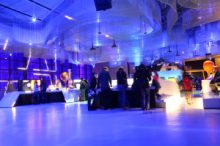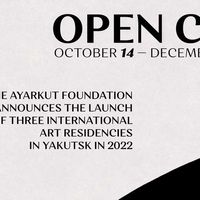Study Shows Long-Term Effects of Science Museums
 Science museums and fairs have clear positive effects in the long term, both for its visitors and for the cities hosting them. This is the main conclusion drawn from a study undertaken in six Spanish cities, where nine scientific culture initiatives (science museums, planetariums, science fairs, etc.) have been analysed.
The three main effects on the local community have been found to be:
Science museums and fairs have clear positive effects in the long term, both for its visitors and for the cities hosting them. This is the main conclusion drawn from a study undertaken in six Spanish cities, where nine scientific culture initiatives (science museums, planetariums, science fairs, etc.) have been analysed.
The three main effects on the local community have been found to be:
- Museums’ and fairs’ contribution to the educational system of the city (and surrounding locations) during school years.
- Impact on the city’s identity and image (specially in providing with characteristics of “cities of scientific culture”).
- Contribution to the cultural and leisure-time agenda, as well as being an information media for scientific issues.
- In the short term, the emotional impact produced by the exhibit, as well as the fact that their curiosity is raised for a while
- In the long term, recurring visitors highlight that these experiences contributed to their own training during school years (and in some cases, also in the training of adults), as well as to the improved perception of their city in its most scientific side and knowledge production. Some people consider themselves better informed than others regarding particular topics, they look for more information, talk about these issues with their acquaintances or even see themselves as real fans.
Similar content
04 Oct 2015 - 10 Oct 2015
29 Dec 2014
deadline
31 Dec 2021
19 Oct 2016 - 23 Oct 2016
from - to
06 Oct 2010 - 08 Oct 2010


